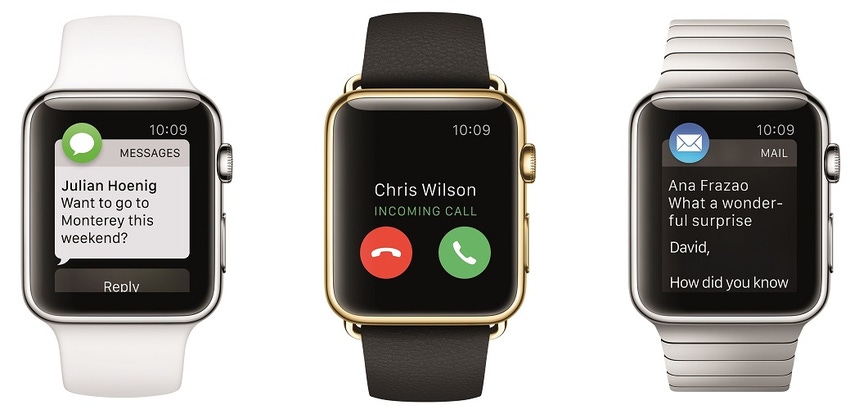Apple Watch shipment falls sends entire smart watch sector into decline
Research firm IDC says shipments of the Apple Watch have dropped by 55% resulting in the first year-on-year quarterly shipment decline for the smart watch sector.
July 21, 2016

Research firm IDC says shipments of the Apple Watch have dropped by 55% resulting in the first year-on-year quarterly shipment decline for the smart watch sector.
Preliminary data from IDC’s Worldwide Quarterly Wearable Device Tracker estimates vendors shipped 3.5 million units, down from 5.1 million in the same period 2015. Apple, which dominates the smart watch market share, saw its shipments decrease from 3.6 million in Q2 2015 to 1.6 million this year. While it is a substantial drop, it does also demonstrate Apple’s strangle hold on the market. All other vendors in the top five increased shipments, however Apple still controls 47% market share.
“Consumers have held off on smart watch purchases since early 2016 in anticipation of a hardware refresh, and improvements in WatchOS are not expected until later this year, effectively stalling existing Apple Watch sales,” said Jitesh Ubrani, Senior Research Analyst for IDC Mobile Device Trackers. “Apple still maintains a significant lead in the market and unfortunately a decline for Apple leads to a decline in the entire market. Every vendor faces similar challenges related to fashion and functionality, and though we expect improvements next year, growth in the remainder of 2016 will likely be muted.”
A recent report from Ericsson indicating the wearables market is not performing in-line with consumer expectations, as general consensus is the technology is not advanced enough to date. A common cause of dissatisfaction is customers feel tethered to their smartphone, as the wearable device does not have standalone features. Respondents of the survey also highlighted the price was a barrier to entry, though this may be down to the fact smart watches cannot currently be used as a standalone device. Currently, it is an add-on.
“What will bear close observation is how the smart watch market evolves from here,” said Llamas. “Continued platform development, cellular connectivity, and an increasing number of applications all point to a smartwatch market that will be constantly changing. These will appeal to a broader market, ultimately leading to a growing market.”
This is not the first warning sign for the smart watch subsector, as Strategy Analytics recently released a forecast which estimated shipments would decline by 12% over the course of 2016. There has been a growing consensus shipments of the Apple Watch may have peaked following a blockbuster launch in Q2 last year, though the research from IDC could imply the decline is moving faster than previously anticipated. IDC also stated it does not expect the market return to growth in 2017.
Although smart watches have not penetrated the mainstream market currently, what could give the devices a lift is the entry of traditional watch brands. Casio, Fossil, and Tag Heuer have launched their own models, though the brand credibility associated with these brands could give the segment a much needed boost.
Top Five Smartwatch Vendors, Shipments, Market Share and Year-Over-Year Growth, 2Q 2016 (Units in Millions) |
Vendor |
1. Apple |
2. Samsung |
3. Lenovo |
4. LG Electronics |
5. Garmin |
Others |
Total |
Source: IDC Worldwide Quarterly Wearable Device Tracker, July 21, 2016 |
About the Author(s)
You May Also Like








.png?width=300&auto=webp&quality=80&disable=upscale)


_1.jpg?width=300&auto=webp&quality=80&disable=upscale)


.png?width=800&auto=webp&quality=80&disable=upscale)